Raven SR and Cap Clean Energy to collaborate on Canadian SAF and renewable diesel projects
Green Car Congress
APRIL 26, 2023
Raven SR, a renewable fuels company ( earlier post ), and Cap Clean Energy, a clean energy development company headquartered in Calgary, Alberta, signed a memorandum of understanding (MOU) to co-develop biofuels facilities in Canada to produce sustainable aviation fuel (SAF) and renewable diesel (RD) for the heavy duty transport sector.



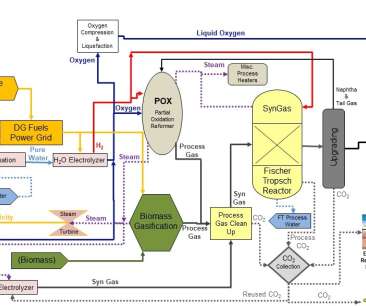

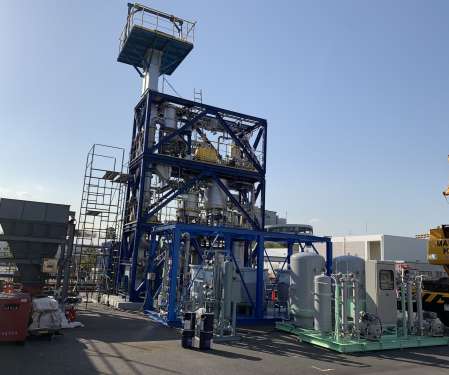



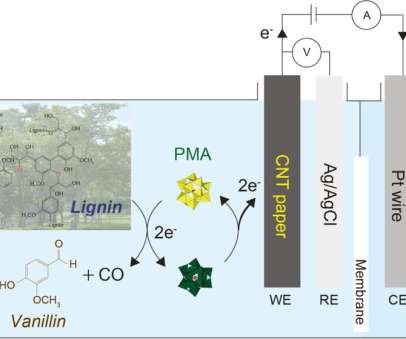





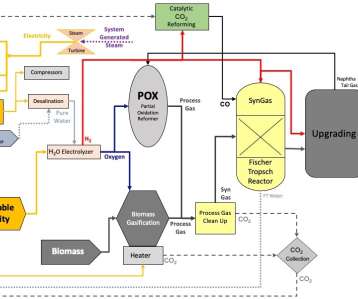
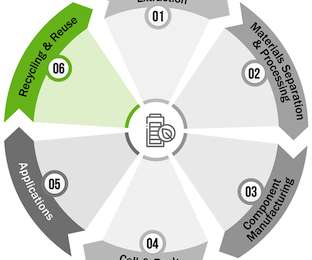

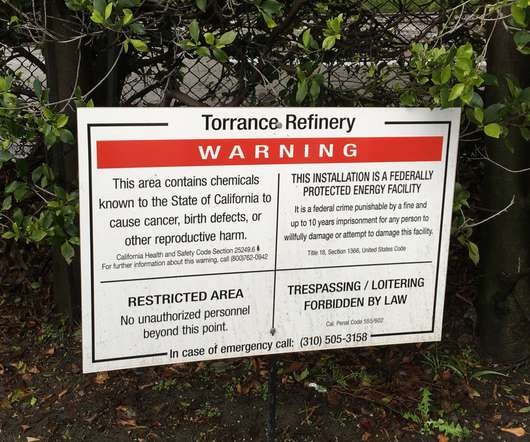







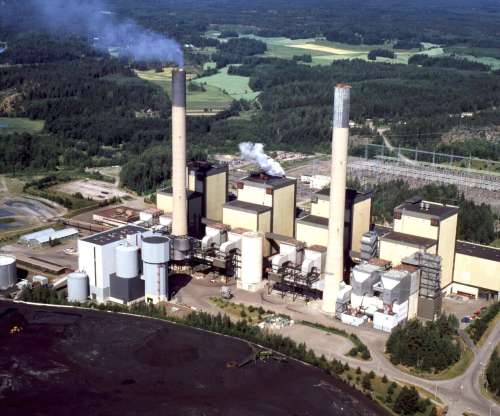
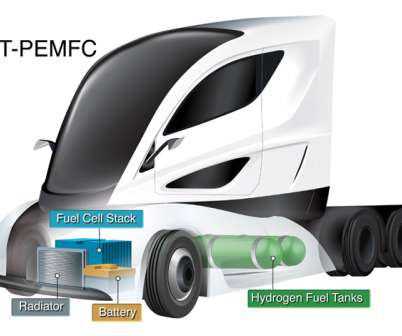

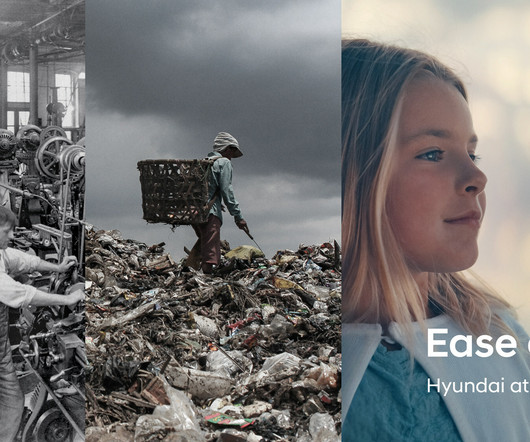

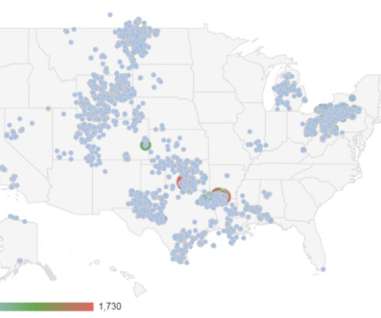
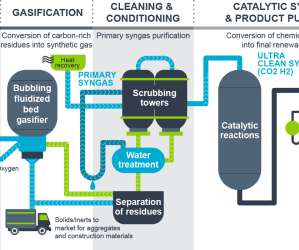
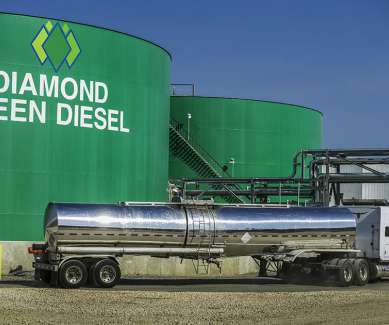

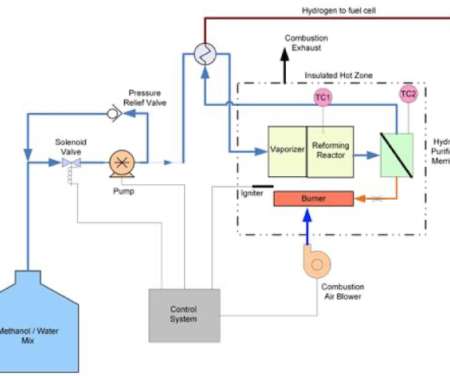






Let's personalize your content